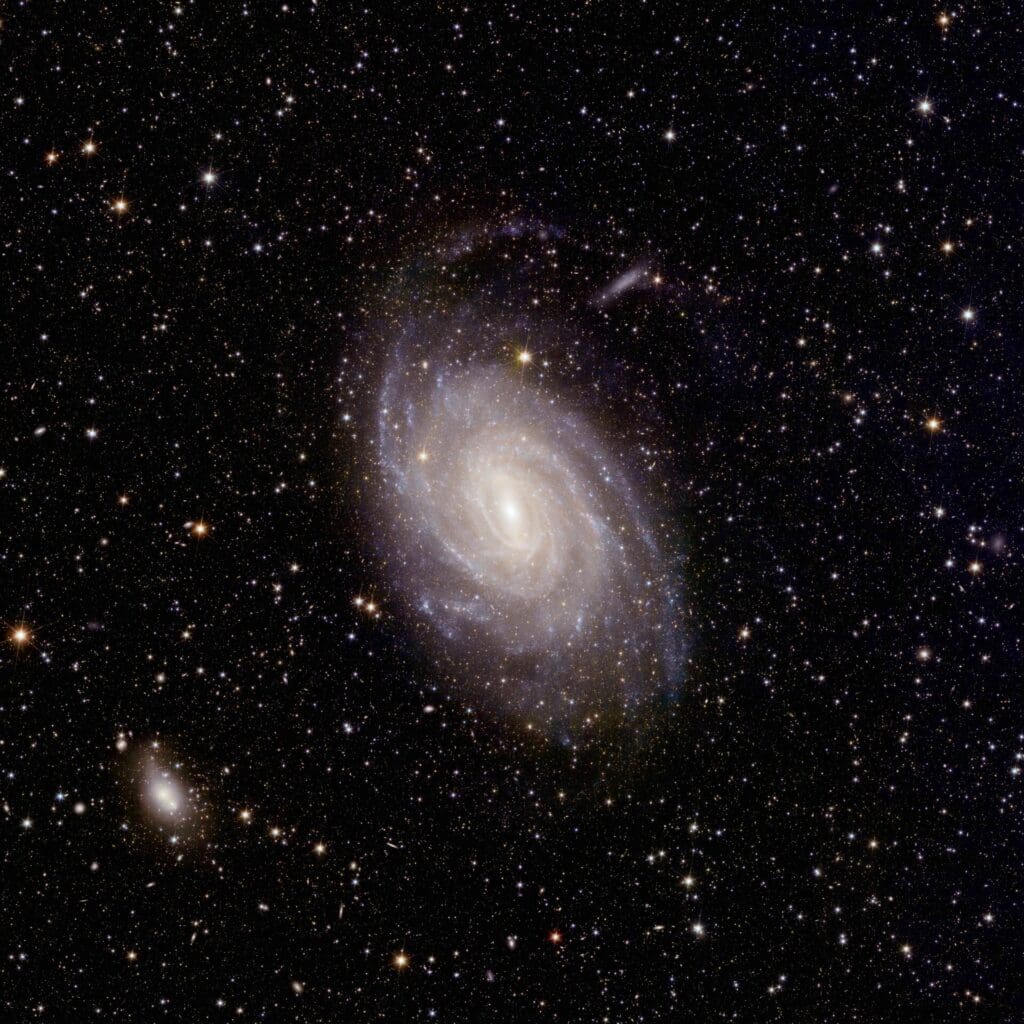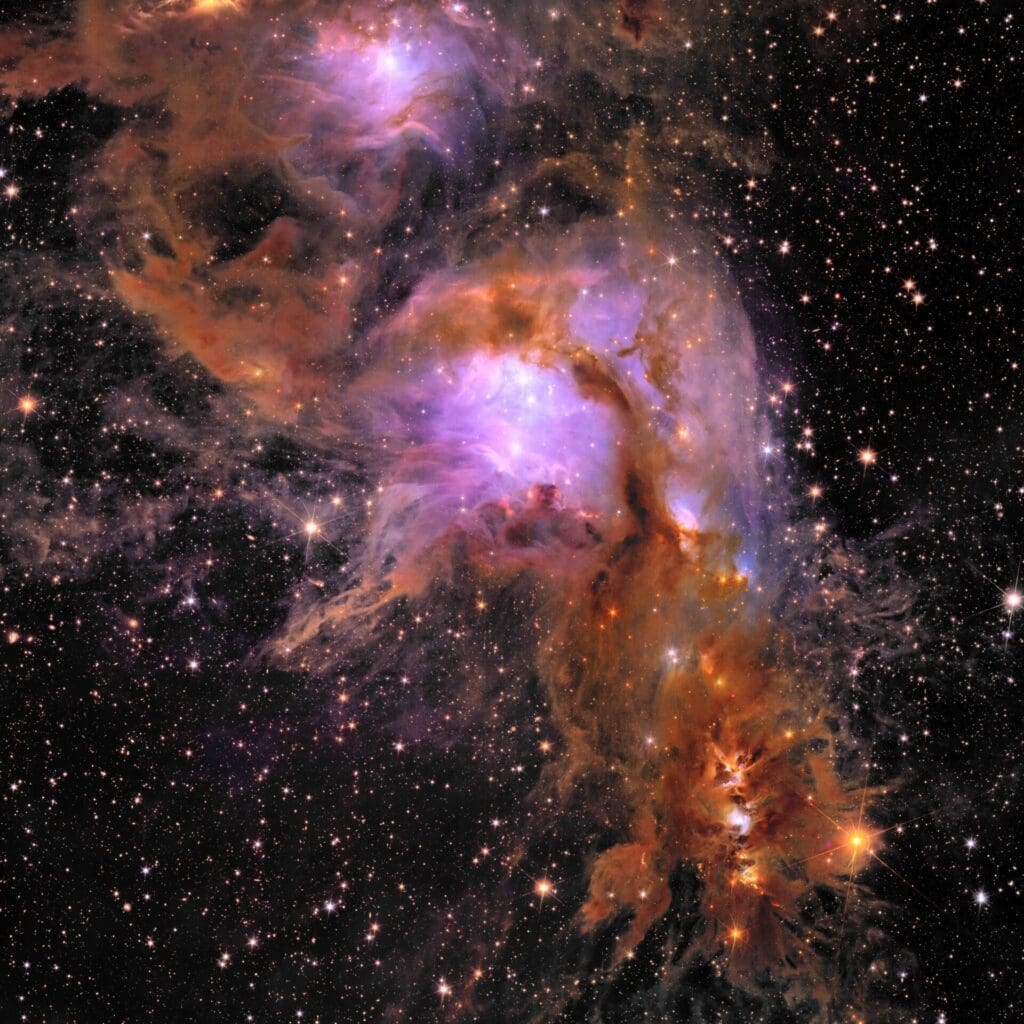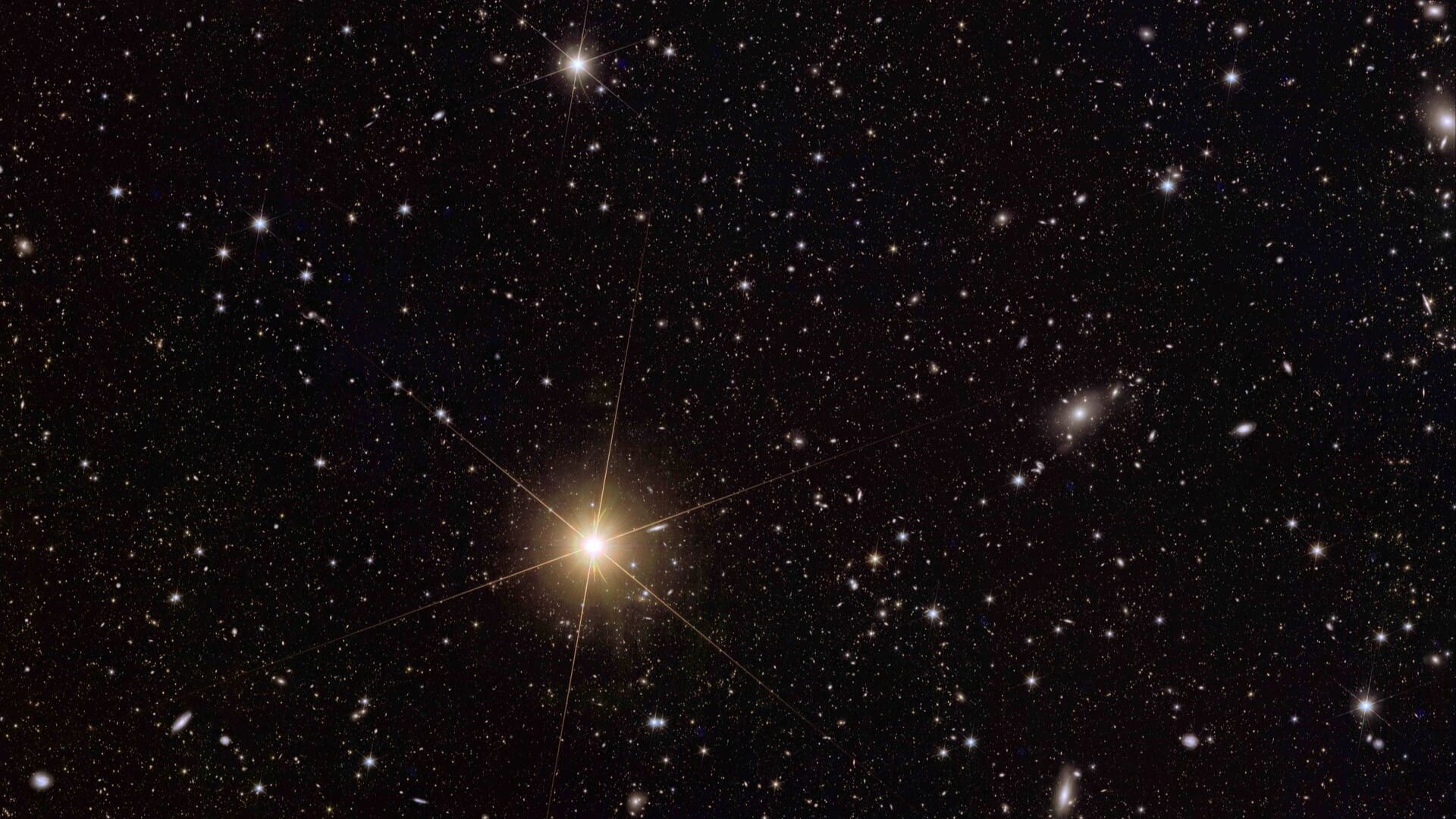The first scientific results from the Euclid mission of the European Space Agency (ESA), which as of this year also has a Hungarian member, the HUN-REN Research Centre for Astronomy and Earth Sciences, have arrived, including five new images of the universe. The images help to understand how the universe around us is changing, HUN-REN informed on Thursday.
The first publications describe the mission’s scientific programme, instruments, and simulation methods. Five of these will be key references both within and beyond the mission, while the other ten present research conducted with data from the Early Release Observations (ERO) programme, according to the briefing.
The five new images of the universe with unprecedented detail showcase the telescope’s capability to uncover the cosmos’ secrets,
enabling scientists to search for drifting planets and use minor distortions in galaxy images to study dark matter and investigate the evolution of the universe.
Euclid project scientist at ESA Valeria Pettorino highlighted that these initial data are a significant milestone. ‘The images and the associated scientific results are impressively diverse in terms of the observed objects and distances. They contain numerous scientific applications and are derived from just 24 hours of observation data. This is still only a taste of what Euclid can do,’ Pettorino pointed out.

The ERO programme targeted 17 astronomical objects, ranging from nearby gas and dust clouds to distant galaxy clusters, providing insight into Euclid’s main cosmological survey. The initial scientific results include free-floating planets, newly identified extragalactic star clusters, new low-mass dwarf galaxies in a nearby galaxy cluster, and the discovery of very distant bright galaxies visible in the universe’s first billion years.
Researcher at the Paris Astrophysical Institute Hakim Atek noted that the broad spectral coverage from visible light to near-infrared wavelengths and the uniquely wide field of view allow for the discovery of the brightest and most massive galaxies in the early universe.
The Euclid space telescope created this early catalogue in just one day, revealing more than eleven million objects in visible light and an additional five million in infrared light. According to the briefing, this catalogue has led to significant new scientific findings, as the images taken by Euclid are at least four times sharper than those taken by ground-based telescopes. They cover vast areas of the sky with unparalleled depth, looking far into the distant universe in both visible and infrared light.
In collaboration with the European Space Agency, the Euclid consortium, involving nearly 20 countries, designed, built, and operates the uniquely capable Euclid space telescope. The mission will map the extragalactic sky for six years,
providing unique data that could offer new insights into the properties of mysterious dark matter and dark energy.
The space telescope was launched on 1 July 2023, and it began its surveys on 14 February 2024.
The briefing also mentions that the next data release from the Euclid consortium will focus on the actual cosmological survey. The first smaller data release is expected in March 2025, while a broader data release is scheduled for June 2026, with at least five more data releases anticipated before 2031, marking the nominal end of Euclid’s sky survey.

Currently, the Euclid consortium comprises more than 2,600 members, including over 1,000 researchers from 300 research institutes in 15 European countries, as well as participants from Canada, Japan, and the United States, working in various fields such as astrophysics, cosmology, and engineering.
Researchers from Hungary’s HUN-REN Centre for Astronomy and Earth Sciences (CSFK) joined the consortium this year. Their work includes the analysis of simulated galaxy catalogues and the testing of early data. Additionally, the institute’s staff play a leading role in the consortium’s science communication programme, leveraging the experience and expertise of the communications team at the Svábhegy Observatory, the briefing noted.
Related articles:








